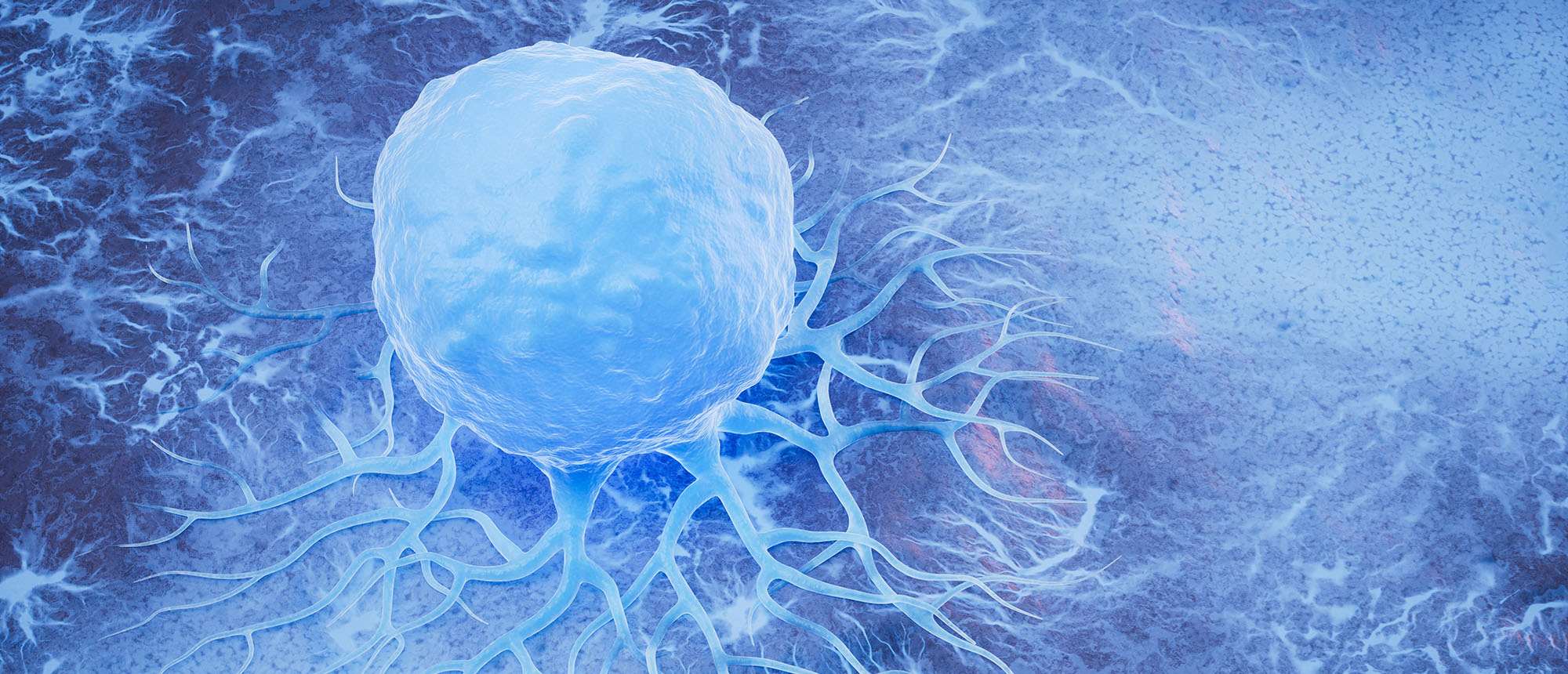A Step Toward Cracking the Code of Cell Migration

Photography courtesy of St. Jude Children’s Research Hospital
Cells constantly migrate throughout the human body to ward off invaders and repair wounds.
This migration involves a complex network of signals and responses that is governed by molecular traffic signals called chemokines. These proteins can be secreted by any tissue in the body and leave a trail of breadcrumbs that immune cells sense through G protein-coupled receptors (GPCR) on their surfaces.
But not all GPCRs pair up with all chemokines. Some link up with more than a dozen; others with only one. Just how those pairs select each other has remained poorly understood.
Scientists from the Medical College of Wisconsin (MCW) and St. Jude Children’s Research Hospital have developed a new data science framework that identifies the parts of each protein that regulate these interactions.
The results, published in the journal Cell, not only take a step toward cracking the code of cellular movement—they could also lead to new therapies that use this understanding to deliver drugs directly to sites within the body. The chemokine code could also potentially help block cancer from hijacking this process to metastasize.
The research team published their framework online, with the hopes that it will help other researchers create these therapies.
“We had no understanding of what makes certain receptors bind to a single chemokine while others are quite promiscuous,” says Brian Volkman, PhD, professor of biochemistry and co-author of the research. “Using the patterns we identified, scientists can start designing new molecules that use this information to reduce inflammation or improve vaccines.”
Using Computational Bioinformatics to Mine for Answers
The research began eight years ago, when MCW student Andrew Kleist PhD ’19, MD ’21 – a MD/PhD student who was conducting chemokine research with Volkman as part of the Medical Science Training Program – had a serendipitous meeting at a conference with scientist M. Madan Babu, PhD.
Dr. Babu, now chief data scientist and senior vice president for data science at St. Jude, was known for taking a computational bioinformatics approach to discovering fundamental biological principles.
Together, the team decided to try to crack the cell migration code by data mining protein sequences and structural information to look for possible clues. Dr. Kleist – who had co-founded a student club at MCW to learn how to code – compared vast datasets on pairs of chemokines and GPCRs, then examined the structure and data for each protein individually.
“As building blocks, these proteins look identical structurally,” says Dr. Kleist, who is now a lead scientist within Dr. Babu’s group at St. Jude. “But we knew the information had to be encoded somewhere.”
Ultimately, the team took each proteins’ genetic sequence and structural information and created a Venn diagram of similarities and differences.
What they found was that short sequences within flexible parts of both chemokines and GPCRs were key. In each interaction, pieces of an unstructured region joined with the opposite protein’s structured region. The complexity of the codes within these unstructured regions ensured that only certain pairs can interact.
“Every time the chemokine and the GPCR interact, they are going to interact in a way that is distinct to them,” Dr. Kleist says. “This unstructured region is where that information gets encoded.”
Manufacturing Chemokines for New Therapies
Once the research team figured out this framework, they turned to Protein Foundry, a startup founded by Dr. Volkman that manufactures chemokines for research. They then created chemokines and changed the proteins’ regions to alter its receptor binding preferences. The experiments validated the database’s predictions.
The team has published their framework online to help other research teams design chemokines and receptors. In the age of models built by artificial intelligence, this framework stands out because it is a library built by humans that isn’t hampered by the inscrutable way AI models come to conclusions.
Research teams could use this framework to create molecules that draw the immune system to cancer cells or even block those cancer cells from migrating from their initial site.
Dr. Kleist says none of it would be possible without the backing of the National Institutes of Health and MCW, which supported him as he traveled to the United Kingdom to work on this project, even though it wasn’t part of his initial dissertation project or funded grant.
“Everyone at MCW is really supportive and open to doing things off the beaten path,” he says. “When we had this idea that ultimately took a long time from start to publication, they said, ‘What can we do to help make it happen?’”
“A research grant from the National Institute of Allergy and Infectious Disease (NIAID) has supported my lab since 2004,” adds Dr. Volkman. “At the most recent renewal, NIAID selected this project for a MERIT award, an honor for which I am most grateful. Having ten years of continuous funding gave us the confidence to finish this project and crack the chemokine code.”



